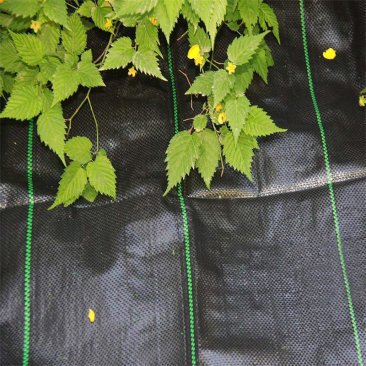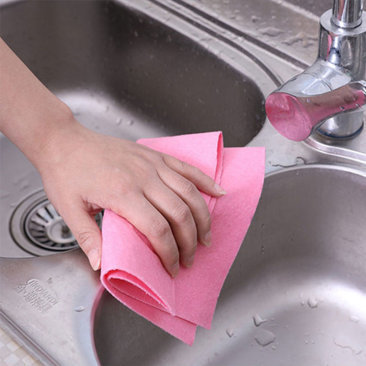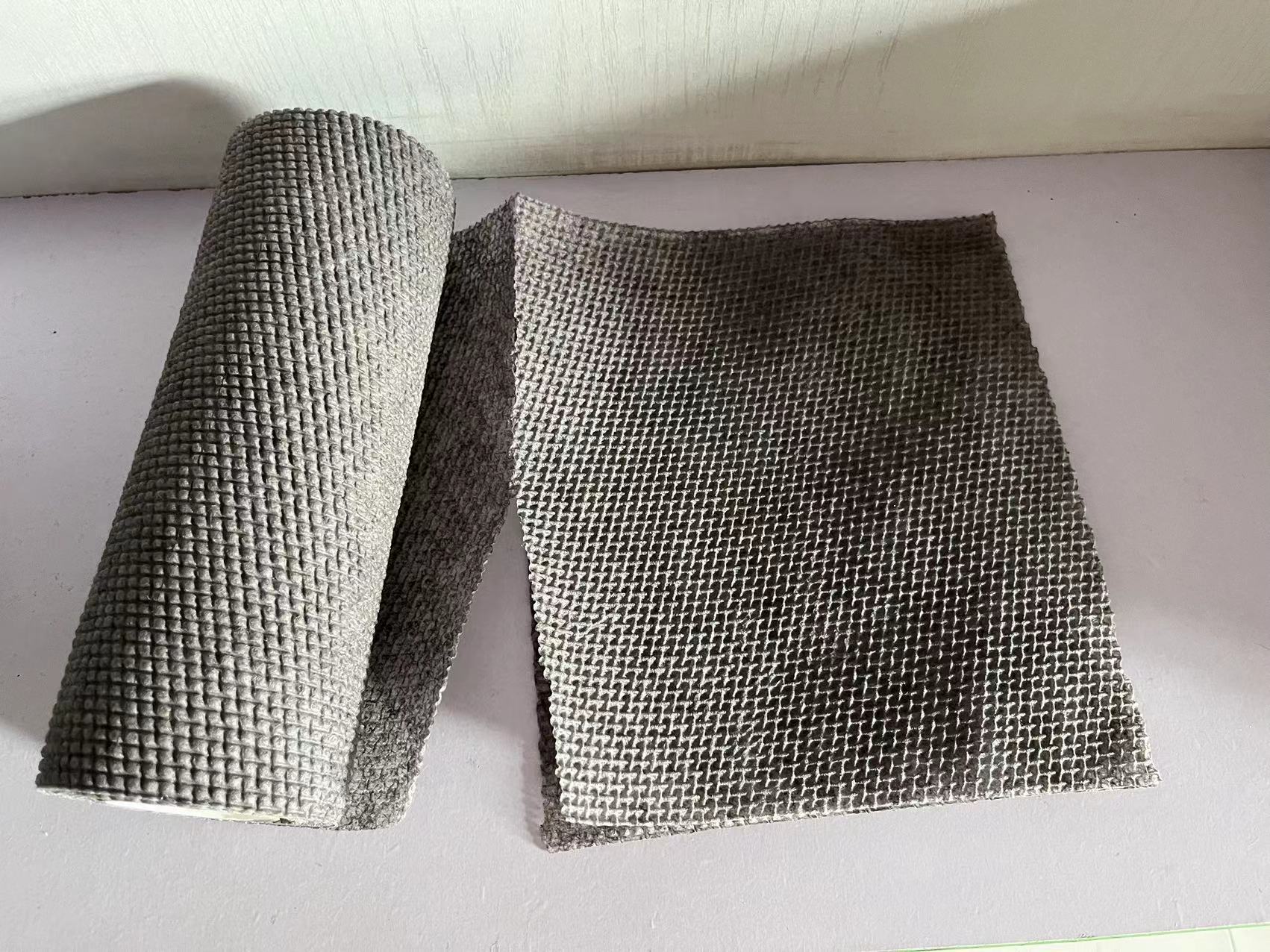28
2025
-
04
Understanding the Benefits of Permeable Landscape Fabric in Construction
Permeable landscape fabric is an innovative material that has gained traction in the construction and landscaping sectors due to its multifunctional properties. As a type of geotextile, this fabric is designed to allow water, air, and nutrients to flow through while providing a barrier against weeds and soil erosion. Understanding the benefits and applications of permeable landscape fabric can enh
Permeable landscape fabric is an innovative material that has gained traction in the construction and landscaping sectors due to its multifunctional properties. As a type of geotextile, this fabric is designed to allow water, air, and nutrients to flow through while providing a barrier against weeds and soil erosion. Understanding the benefits and applications of permeable landscape fabric can enhance project efficiency and overall sustainability.
One of the primary advantages of using permeable landscape fabric is its ability to manage water drainage effectively. In areas with heavy rainfall or poor drainage, this fabric helps prevent water pooling and promotes proper water infiltration into the soil. By allowing rainwater to pass through, it reduces surface runoff and minimizes the risk of flooding, creating a more stable environment for plant growth and infrastructure.
In addition to water management, permeable landscape fabric serves as an effective weed barrier. Traditional landscaping techniques often involve the use of chemical herbicides to control weed growth, which can have detrimental effects on the environment. By using permeable fabric, landscape architects and builders can prevent weed growth naturally, reducing the need for chemical interventions. This is particularly beneficial in eco-sensitive areas where maintaining soil integrity and biodiversity is crucial.
Another significant feature of permeable landscape fabric is its durability and longevity. Made from high-quality synthetic fibers, this material withstands harsh weather conditions and physical stress, ensuring it remains functional for years. Its resistance to degradation from ultraviolet (UV) rays and biological activity enables it to maintain its integrity, making it a cost-effective solution for various construction applications.
Permeable landscape fabric is also versatile in its uses. It can be deployed in various projects, such as under patios, walkways, and driveways, as well as in garden beds and drainage systems. This adaptability allows construction professionals to incorporate it into a wide range of applications while ensuring optimal performance in each scenario.
Furthermore, the installation of permeable landscape fabric is relatively straightforward, making it accessible for both professional contractors and DIY enthusiasts. By following proper installation guidelines, users can maximize the benefits of this material, achieving better drainage, reduced erosion, and improved plant health.
In conclusion, permeable landscape fabric is a valuable component in the construction and landscaping industries. Its ability to facilitate water drainage, block weeds, and enhance soil health while maintaining durability makes it a wise choice for various projects. By incorporating permeable landscape fabric into your construction plans, you can achieve a sustainable and efficient solution that benefits both the environment and your project’s success.
One of the primary advantages of using permeable landscape fabric is its ability to manage water drainage effectively. In areas with heavy rainfall or poor drainage, this fabric helps prevent water pooling and promotes proper water infiltration into the soil. By allowing rainwater to pass through, it reduces surface runoff and minimizes the risk of flooding, creating a more stable environment for plant growth and infrastructure.
In addition to water management, permeable landscape fabric serves as an effective weed barrier. Traditional landscaping techniques often involve the use of chemical herbicides to control weed growth, which can have detrimental effects on the environment. By using permeable fabric, landscape architects and builders can prevent weed growth naturally, reducing the need for chemical interventions. This is particularly beneficial in eco-sensitive areas where maintaining soil integrity and biodiversity is crucial.
Another significant feature of permeable landscape fabric is its durability and longevity. Made from high-quality synthetic fibers, this material withstands harsh weather conditions and physical stress, ensuring it remains functional for years. Its resistance to degradation from ultraviolet (UV) rays and biological activity enables it to maintain its integrity, making it a cost-effective solution for various construction applications.
Permeable landscape fabric is also versatile in its uses. It can be deployed in various projects, such as under patios, walkways, and driveways, as well as in garden beds and drainage systems. This adaptability allows construction professionals to incorporate it into a wide range of applications while ensuring optimal performance in each scenario.
Furthermore, the installation of permeable landscape fabric is relatively straightforward, making it accessible for both professional contractors and DIY enthusiasts. By following proper installation guidelines, users can maximize the benefits of this material, achieving better drainage, reduced erosion, and improved plant health.
In conclusion, permeable landscape fabric is a valuable component in the construction and landscaping industries. Its ability to facilitate water drainage, block weeds, and enhance soil health while maintaining durability makes it a wise choice for various projects. By incorporating permeable landscape fabric into your construction plans, you can achieve a sustainable and efficient solution that benefits both the environment and your project’s success.
permeable landscape fabric












